LightShine Canine Rescue: The Whole Story
Original article by S. Veigel May 9, 2022
Photos provided courtesy of KC Willis
How a small rescue and the Lakota community are locating and saving
thousands of dogs on 5,439 square miles of sparsely populated land.
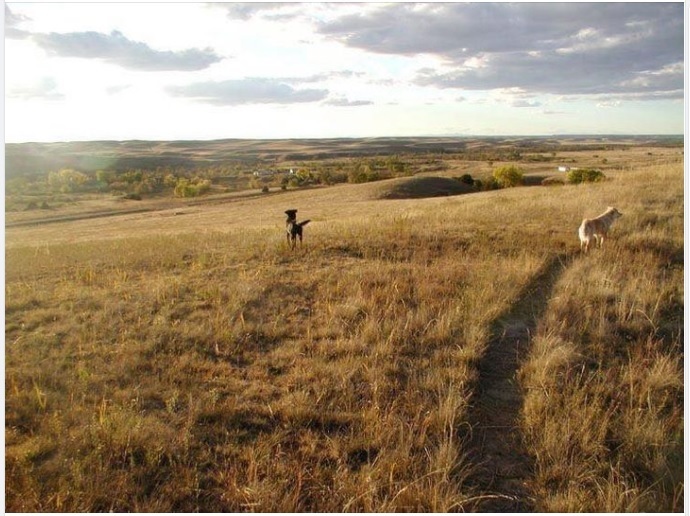 A lady by the name of KC Willis, who lives near Denver Colorado, was about to have her life changed forever. In October 2011 she went to visit a family on the Pine Ridge Indian reservation in South Dakota.
A lady by the name of KC Willis, who lives near Denver Colorado, was about to have her life changed forever. In October 2011 she went to visit a family on the Pine Ridge Indian reservation in South Dakota.
“I came to visit friends in person, who I had only known through phone calls and emails and mutual acquaintances,” KC recalls in an October 16, 2021 Facebook post. “I came to Pine Ridge to visit a grandmother and her extended family. Dogs were not on my radar. I did not know what I did not know. Under this sky there are many dogs loved by their family, but there are countless who have no one and who suffer the consequences of the lost. They walk this land and sleep under this sky.
In this picture there are dogs. In this picture there is a path. In this picture there is a dog on my path.
And I did not know it at this moment, but the direction of my life had changed.”
What KC Willis is referring to is a life not just involving dogs, but also with the Lakota people who live and work on the Pine Ridge Indian reservation and the Rosebud Indian reservation. People who are the backbone of what will later become an animal rescue group called LightShine Canine.
But before I attempt to tell that part of the story the reader really should have some orientation. Trust me. After all, any good story needs to give the reader some imagery of the places and people in the story. So let’s do that.
I: Getting Oriented
The Seven Council Fires.
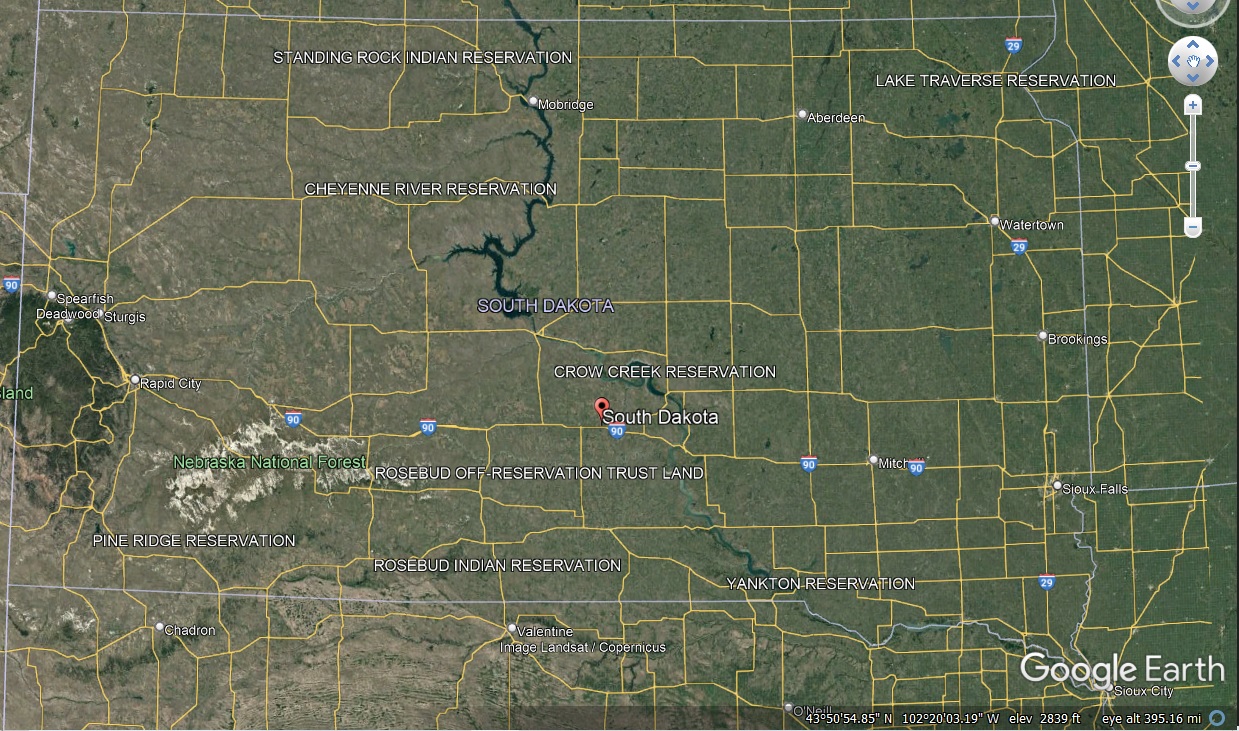 South Dakota covers about 77,184 square miles. In South Dakota there are 9 Native American Indian reservations. The people living on the reservations are tribes of what is often called the “Sioux Nation”. Better understood as the Ochethi Sakowin or the tribes of the seven council fires or the seven tribes.
South Dakota covers about 77,184 square miles. In South Dakota there are 9 Native American Indian reservations. The people living on the reservations are tribes of what is often called the “Sioux Nation”. Better understood as the Ochethi Sakowin or the tribes of the seven council fires or the seven tribes.
The word “Sioux” is not actually an Indian word. It is a French derivation of the Ochethi Sakowin words “Nadowe Su”. Nadowe Su is translated as “little rattle”, with emphasis on the rattle a snake makes before it strikes. The French traders and trappers in the late 1600’s, early 1700’s, often heard the name “Nadouessioux” from the Ojibwe Indians. An Ojibwe word for the Ochethi Sakowin. Dropping “Nadowe” from Nadowe Su and “Nadoues” from Nadouessioux it is not difficult to understand how the French came up with the name Sioux.
The importance of all this to the story here is to understand something about the people. 262 years later we use the word Sioux, now meaning “little snakes”, without a second thought. But in the writing of this story I had a chance to communicate with someone on Pine Ridge who gave me a different perspective. He explained to me that, though many of the tribal members willingly (even proudly) use the word Sioux to communicate to the outside world their collective identity, many others object. They object because that French assigned word does not convey who they really are and it is not how they wish to self-identify.
Having said that we may need a different orientation to understand who we are referencing. So from here on, in deference to the people who prefer not to be called Sioux, I will not use the word Sioux to reference the 7 tribes. Or the people of the 7 council fires.
Tribes
Lakota, Dakota, Nakota
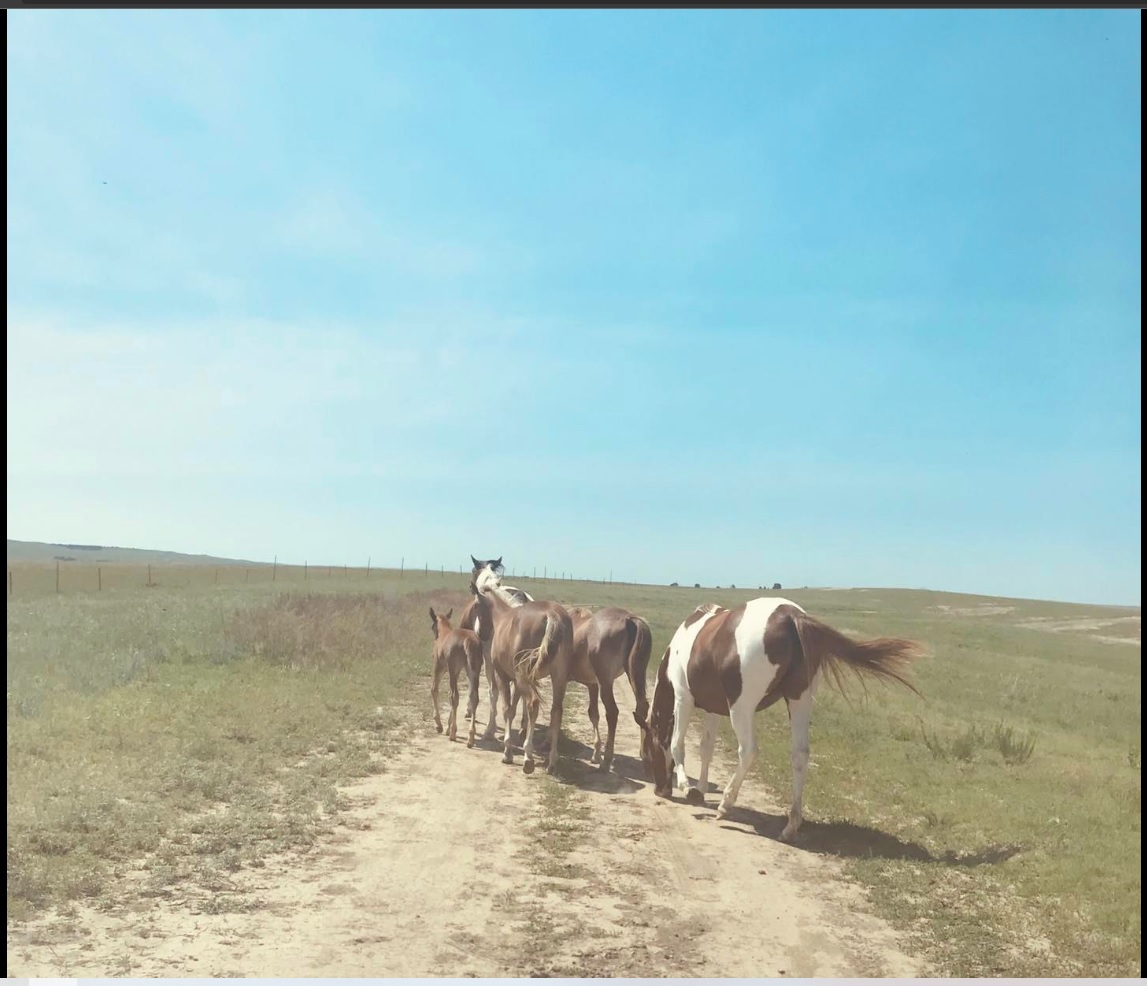 The Native American Indian tribes in South Dakota are sometimes referred to as either Lakota, Dakota or Nakota. This refers to one of the tribal dialects. Someone from the Oglala tribe, for example, is going to speak the Lakota dialect. These dialects are often mixed with the tribal name. So you will often hear or read about the “Oglala Lakota” people. By the same token the Sicangu Oyate (she-chahn-ghue oh-yah-day) tribe also speaks the Lakota dialect. So they are often referred to as the “Sicangu Lakota” people.
The Native American Indian tribes in South Dakota are sometimes referred to as either Lakota, Dakota or Nakota. This refers to one of the tribal dialects. Someone from the Oglala tribe, for example, is going to speak the Lakota dialect. These dialects are often mixed with the tribal name. So you will often hear or read about the “Oglala Lakota” people. By the same token the Sicangu Oyate (she-chahn-ghue oh-yah-day) tribe also speaks the Lakota dialect. So they are often referred to as the “Sicangu Lakota” people.
Based on my research “Lakota” describes people (by dialect) on 5 of the 9 reservations in South Dakota with 1 additional that’s a mix of Lakota and Dakota. One other reservation is a mix of Dakota and Nakota while 2 are Dakota and 1 is Nakota.
So if you reference the “Lakota people” without indicating or understanding the reservation or tribe that’s being discussed, you are reasonably then referencing all the people on all the reservations who speak the Lakota dialect. And that includes some of the people of the seven council fires in North and South Dakota and Canada.
In this story we are going to focus on the Lakota people of the Pine Ridge Indian reservation and the Rosebud Indian reservation.
Pine Ridge and Rosebud
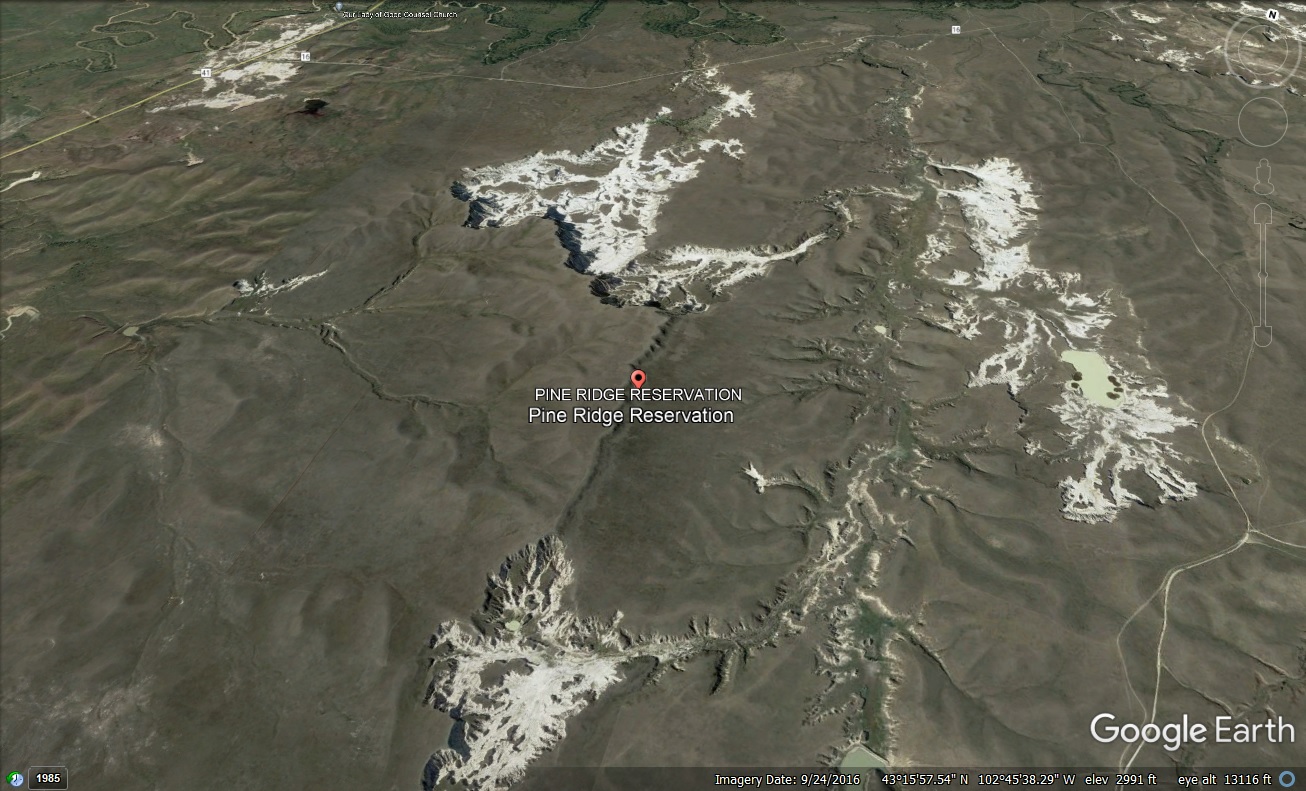 The Pine Ridge reservation is located in the southwest portion of South Dakota and covers 3,469 square miles. This is the home of the Oglala (oh-glah-lah) tribe, or the Oglala Lakota people. The Oglala tribal council is found in the town of Pine Ridge. To the north of Pine Ridge is the town of Oglala where you will find Oglala Lakota College. This college was founded by the Oglala people in 1971 and offers 4-year degrees.
The Pine Ridge reservation is located in the southwest portion of South Dakota and covers 3,469 square miles. This is the home of the Oglala (oh-glah-lah) tribe, or the Oglala Lakota people. The Oglala tribal council is found in the town of Pine Ridge. To the north of Pine Ridge is the town of Oglala where you will find Oglala Lakota College. This college was founded by the Oglala people in 1971 and offers 4-year degrees.
On the northern edge of the Pine Ridge reservation are the “Bad Lands” of South Dakota. Bad Lands National Park is, in part, managed by the Oglala.
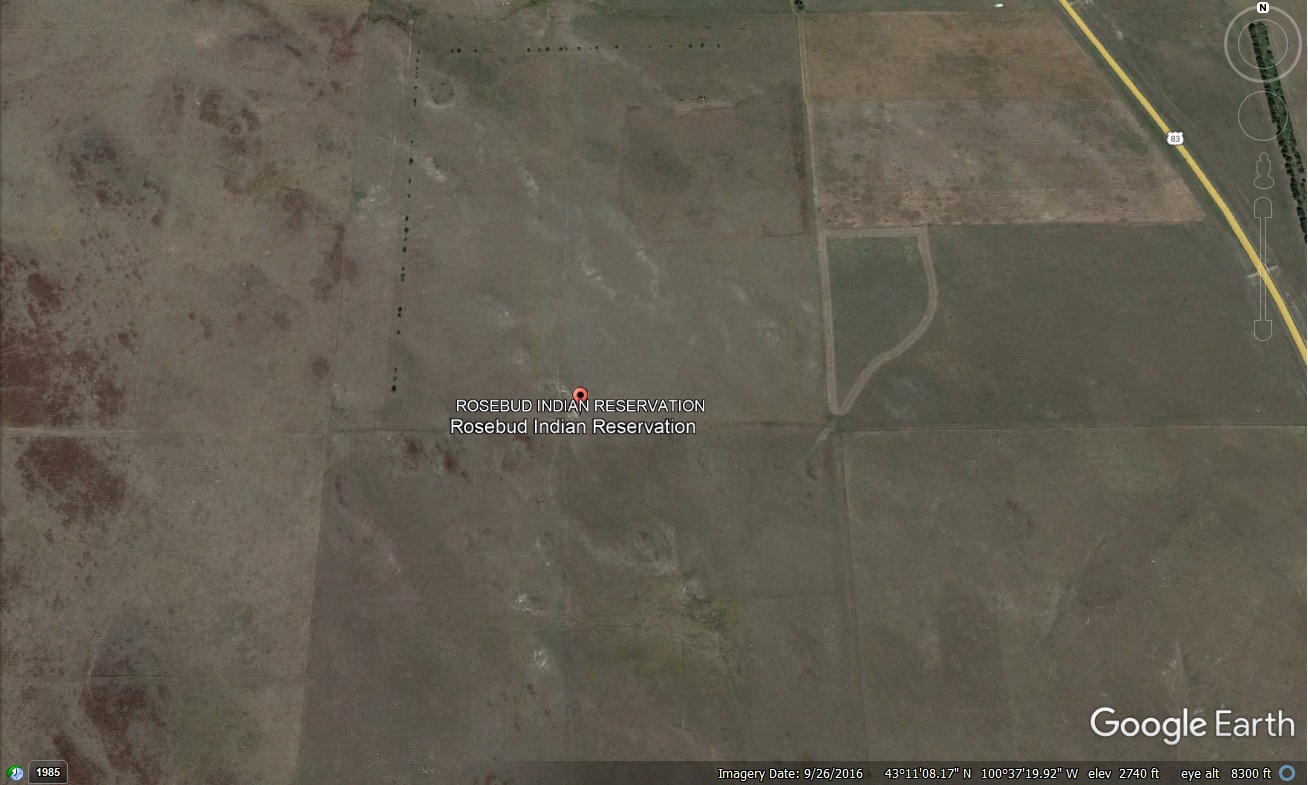 The Rosebud reservation is located in south central South Dakota, just east of Pine Ridge, covers 1,970 square miles and includes a portion of the Bad Lands. This is the home of the Sicangu Oyate (she-chahn-ghue oh-yah-day) tribe. The town of Rosebud is where you will find the Rosebud tribal council. You will also find, on the reservation, the 28,000 acre Wolakota Regenerative Buffalo Range. This area is where buffalo are raised and cared for on native grasslands. This effort to return the buffalo to the plains anticipates a result that will be “the largest Native-owned and managed herd in the world”.
The Rosebud reservation is located in south central South Dakota, just east of Pine Ridge, covers 1,970 square miles and includes a portion of the Bad Lands. This is the home of the Sicangu Oyate (she-chahn-ghue oh-yah-day) tribe. The town of Rosebud is where you will find the Rosebud tribal council. You will also find, on the reservation, the 28,000 acre Wolakota Regenerative Buffalo Range. This area is where buffalo are raised and cared for on native grasslands. This effort to return the buffalo to the plains anticipates a result that will be “the largest Native-owned and managed herd in the world”.
Rosebud was also the birth place of Ben Reifel “Lone Feather”. The first Lakota Indian member of the U.S. congress. Born on September 19, 1906, Lone Feather would serve as a lieutenant colonel during World War II. In 1933 Ben Reifel worked for the Bureau of Indian Affairs as a farm agent to the Pine Ridge Oglala Lakota. He earned a Ph.D. in 1952 from Harvard University and went on to serve 5 terms as a Republican in the U.S. House of Representatives (from 1961 – 1971).
All totaled Pine Ridge and Rosebud, combined, covers 5,439 square miles of sparsely populated land in South Dakota.
Poorest communities in the United States
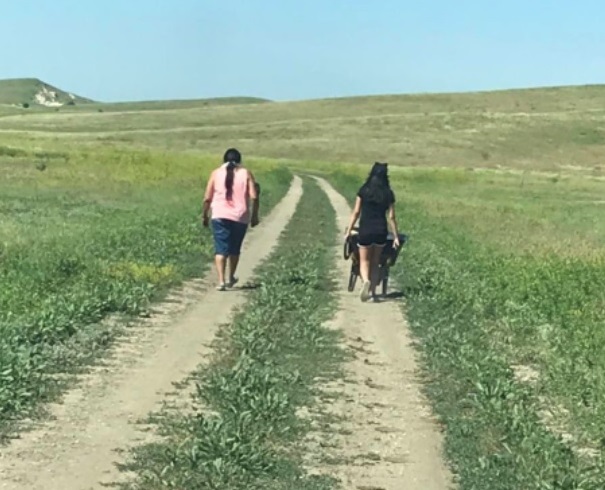 A “tribe” is a community, like any other community. It consists of people who identify with and are identified by that community’s cultural heritage, language, ancestry and history. The tribes in this story are a community of many well-informed educated people. They are doctors, nurses, teachers, craftsmen, farmers and ranchers (working on or off the reservation). Often people with Ph.D.’s and a legal education. But like any other community, the historical result of reservation life has its challenges.
A “tribe” is a community, like any other community. It consists of people who identify with and are identified by that community’s cultural heritage, language, ancestry and history. The tribes in this story are a community of many well-informed educated people. They are doctors, nurses, teachers, craftsmen, farmers and ranchers (working on or off the reservation). Often people with Ph.D.’s and a legal education. But like any other community, the historical result of reservation life has its challenges.
The Pine Ridge and Rosebud reservations are 2 of the 5 poorest communities in America. Reservation people themselves will tell you it is an area of “extreme poverty” and homelessness. In best of times unemployment is at 49%. During the COVID years it was as high as 90% in an area where people can’t just log on to an internet connection and work from home. According to an article on WebMD (“On Reservation, Hope Remains Despite Grim Statistics”, by Kala Gahagan) life expectancy for men on Pine Ridge is 62 years old. For women it is 71 years old.
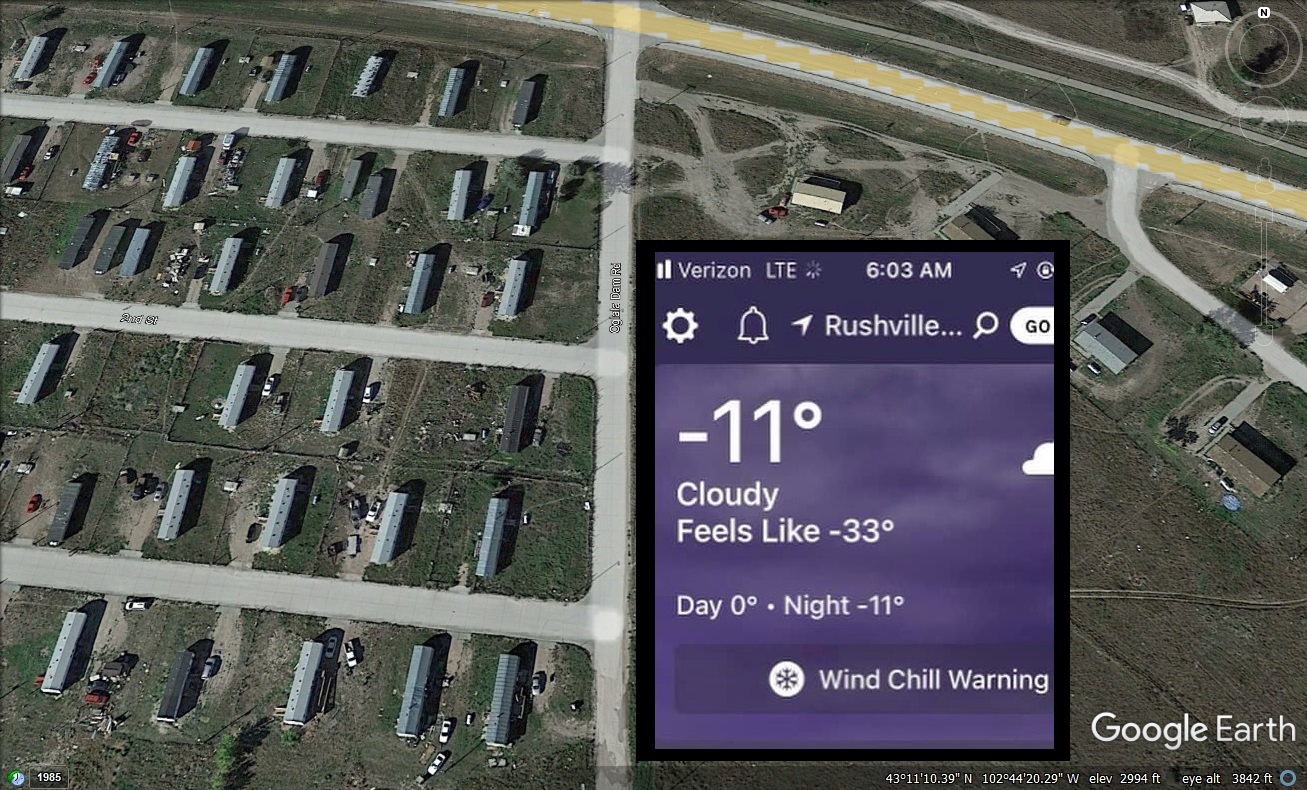 In a landscape with thousands of square miles of open land, 60 – 65% of residents on Pine Ridge and Rosebud (and other reservations) live in substandard housing. That includes FEMA trailers that were not built to last and “Cluster Housing”. Cluster housing was built with paper thin walls in a region where temperatures drop to 30 degrees below zero Fahrenheit in the winter (with blizzards). And it is not unusual to find 4 and 5 families living in a 2 bedroom house.
In a landscape with thousands of square miles of open land, 60 – 65% of residents on Pine Ridge and Rosebud (and other reservations) live in substandard housing. That includes FEMA trailers that were not built to last and “Cluster Housing”. Cluster housing was built with paper thin walls in a region where temperatures drop to 30 degrees below zero Fahrenheit in the winter (with blizzards). And it is not unusual to find 4 and 5 families living in a 2 bedroom house.
The discovery of gold in the Black Hills (on Indian land) could have developed to make this a success story for the tribes. But in 1868 the U.S. Government stepped in and took the Black Hills (sacred land) and the gold with no compensation.
There are veterinary clinics miles off the reservation, but with very little money many people who dearly love their animals can’t afford it. Instead they have to rely on free clinics that show up every summer. Except this past summer.
Since COVID started to rear its ugly head, there have been virtually no free veterinary clinics on the reservation in 2 years.
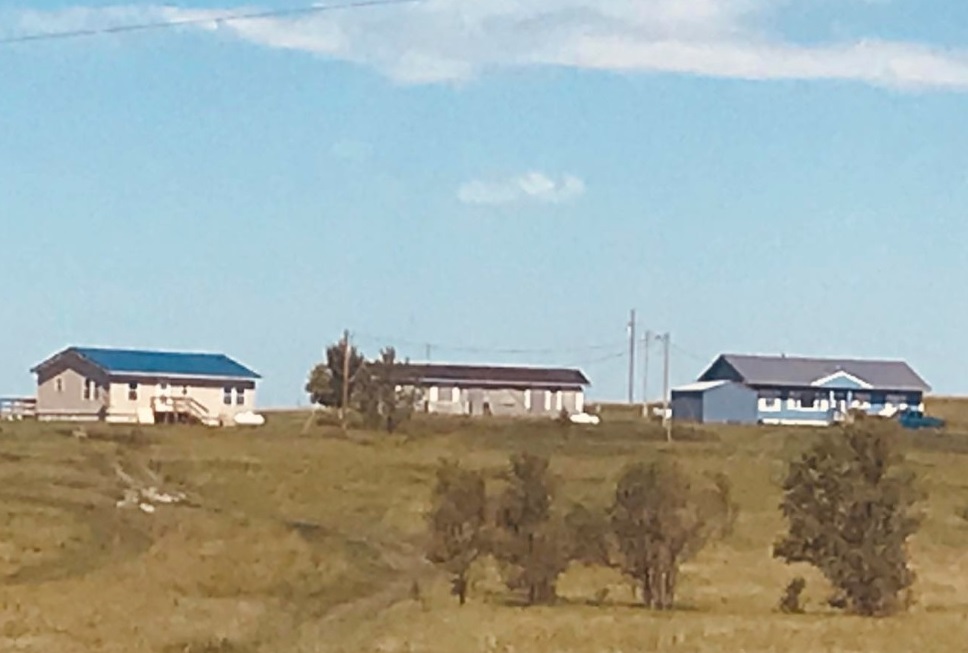 However, though reservation life has its challenges with no money for infrastructure, make no mistake. The Lakota people have always been trying to do something about this situation. Today a Lakota organization called the “Thunder Valley Community Development Corporation” (for example, among other tribal initiatives) is an incorporated Lakota charity comprised of very professional people intensely involved in helping the people on Pine Ridge. One, among eight, of their initiatives is to subsidize (through charitable contributions) home building on the reservation so the Lakota can afford a real home with modern amenities. The neighborhoods they’re trying to build are, unlike other hastily built token living quarters, structured around tribal traditions. Initiatives also include youth development, self-sustaining foods and education.
However, though reservation life has its challenges with no money for infrastructure, make no mistake. The Lakota people have always been trying to do something about this situation. Today a Lakota organization called the “Thunder Valley Community Development Corporation” (for example, among other tribal initiatives) is an incorporated Lakota charity comprised of very professional people intensely involved in helping the people on Pine Ridge. One, among eight, of their initiatives is to subsidize (through charitable contributions) home building on the reservation so the Lakota can afford a real home with modern amenities. The neighborhoods they’re trying to build are, unlike other hastily built token living quarters, structured around tribal traditions. Initiatives also include youth development, self-sustaining foods and education.
The dogs of the Reservation
For about 150/160 years homeless domestic dogs have been trying to survive somewhere out on the reservations. No one is actually sure where they all came from. This author can personally think of 6 different ways off the top of my head. But to catalogue any of it is a futile exercise. Every city in the world, full of well-off people and animal control fleets driving around on paved well lighted streets can’t change the fact that homeless animals exist. At best, all they can do is find animals, hopefully get them back to their owners, to veterinarians and/or animal rescues.
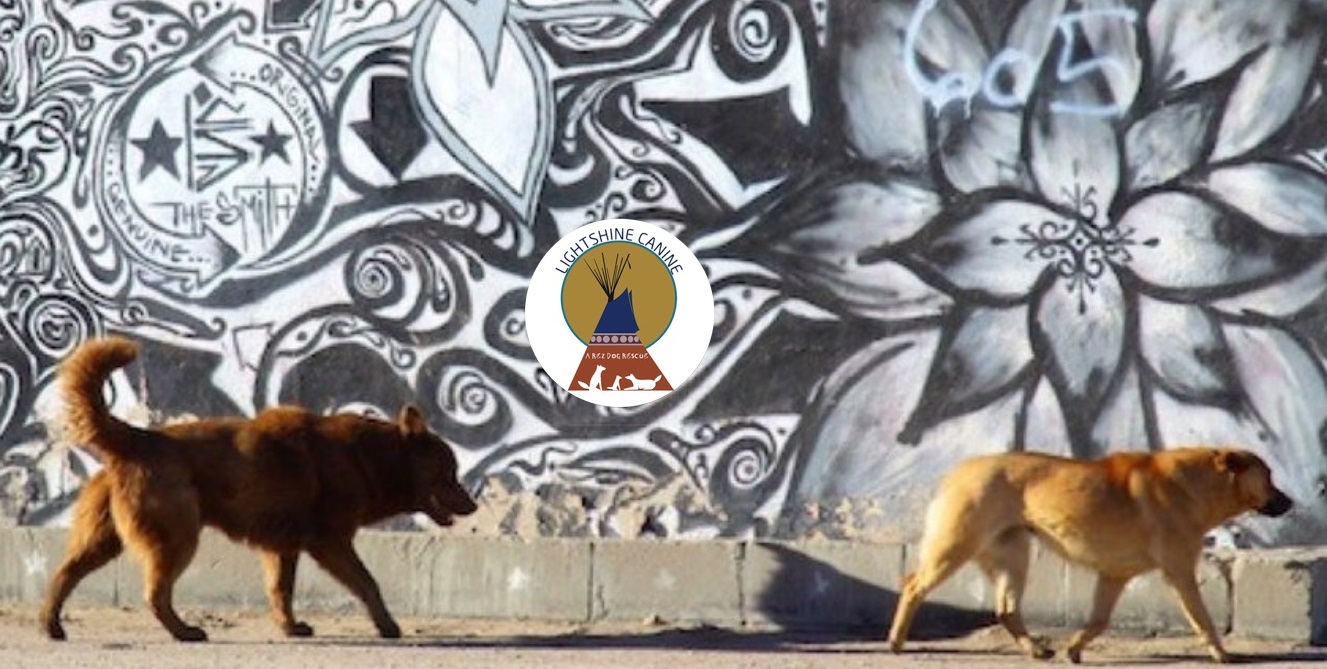 To really understand the “Rez” (reservation) dogs you need to stop thinking about the word “pack”. Because domestic dogs don’t really form true “packs”. In a February 10, 2022 conversation I had with KC Willis (Director and Founder of LightShine Canine), she told me they refer to them as “day packs”. And I thought that description was far more apropos.
To really understand the “Rez” (reservation) dogs you need to stop thinking about the word “pack”. Because domestic dogs don’t really form true “packs”. In a February 10, 2022 conversation I had with KC Willis (Director and Founder of LightShine Canine), she told me they refer to them as “day packs”. And I thought that description was far more apropos.
Consider for a moment the Gray Wolf. The Gray Wolf is the far, far distant ancestor of the domestic dog. A wolf pack is comprised of a family; mother, father and siblings. That wolf pack does not appreciate another wolf trying to become a member. Rejection of another lone wolf (male or female) approaching the pack can be swift and violent. With the possible exception of a male wolf taking charge of a wolf family that has lost the male (an observed and documented situation in Yellowstone National Park).
Lone wolves and domestic dogs fear and keep their distance from a wolf pack or any “day pack” that is aggressive. The average non-aggressive domestic dogs are more about friendly relationships.
A “day pack” is a group of dogs that got friendly and are roaming around together. But there’s no family bond between them. At the end of the day the dogs go home or, with no real home, off to wherever they are sheltering. The next day you might see one of the dogs running with another group. That’s not a pack.
It doesn’t mean the non-aggressive domestic dog “day pack” can’t get into trouble. But dogs that are not aggressive are not going to become aggressive just because they’re hanging out together. Most aggressive dogs, in fact, are aggressive because people made them aggressive. They bred them and/or trained them or abused them into an aggressive state of existence. And it is people, not dogs, who own that moniker.
II: From Denver to Whiteclay and Pine Ridge
LightShine Canine born of happenstance.
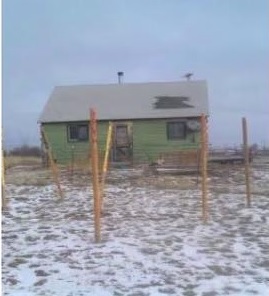 Before the State of Nebraska revoked the liquor licenses for the stores in Whiteclay in 2017, the town of Whiteclay consisted of 12 residents, a post office and 4 liquor stores. With Whiteclay being the only place within miles where you could buy liquor in 2011 it should not be difficult to understand that it would attract and become a concentration of homeless people down on their luck looking to get a drink and wash away their woes.
Before the State of Nebraska revoked the liquor licenses for the stores in Whiteclay in 2017, the town of Whiteclay consisted of 12 residents, a post office and 4 liquor stores. With Whiteclay being the only place within miles where you could buy liquor in 2011 it should not be difficult to understand that it would attract and become a concentration of homeless people down on their luck looking to get a drink and wash away their woes.
Now entering onto the scene (around 2011) is a lady named KC Willis who is trying to do her part with a charity. She is helping to collect mattresses, blankets and taking heating oil to elderly people who might otherwise freeze to death in the winter. In the course of events Bruce, an acquaintance of hers, convinced KC that they could rent a building pretty cheap in Whiteclay to store supplies for the charity effort.
It was here in Whiteclay that a few very important events occurred to change the course of KC’s life.
At some point, as KC was bringing goods to a grandmother who had very little to live on, the elderly lady told KC (and I’m paraphrasing here), “They bring us mattresses. They bring us blankets. But nobody helps the dogs. Somebody needs to help the dogs.” And it was also about this time in 2011 that KC visited the family on Pine Ridge, mentioned at the beginning of this story, and took the picture of the two family dogs out on the plains of Pine Ridge.
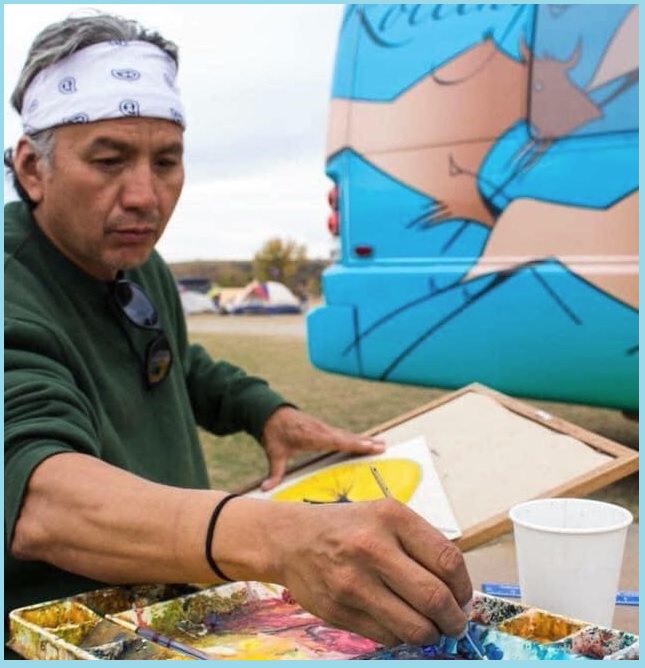
In a February 10, 2022 interview KC recalled to me a memorable day in Whiteclay. According to KC, “I was sitting on the porch (of the rented building) and Eli Bald Eagle was there. And I thought he was passed out drunk… There was a sick dog. I didn’t know what to do. I said, ‘oh honey I don’t know what to do’ to this sick little 4 month old pup that was hanging out on the streets of Whiteclay… He (Eli) sat straight up and said, ‘There’s a lady in Gordon who’ll take them’”. And that was when KC Willis met a rancher lady named Jean Parker.
As relationships go Jean and KC would get involved rescuing some dogs. But KC started to realize that if she was going to really help the dogs in the area she was going to have to think of a name for a rescue, file for a 501(c)(3) tax status and raise money. And eventually KC was going to have to take things in a different direction than what Jean Parker was doing.
III: Tragedy as the mother of necessity
The proposed “sweeps”.
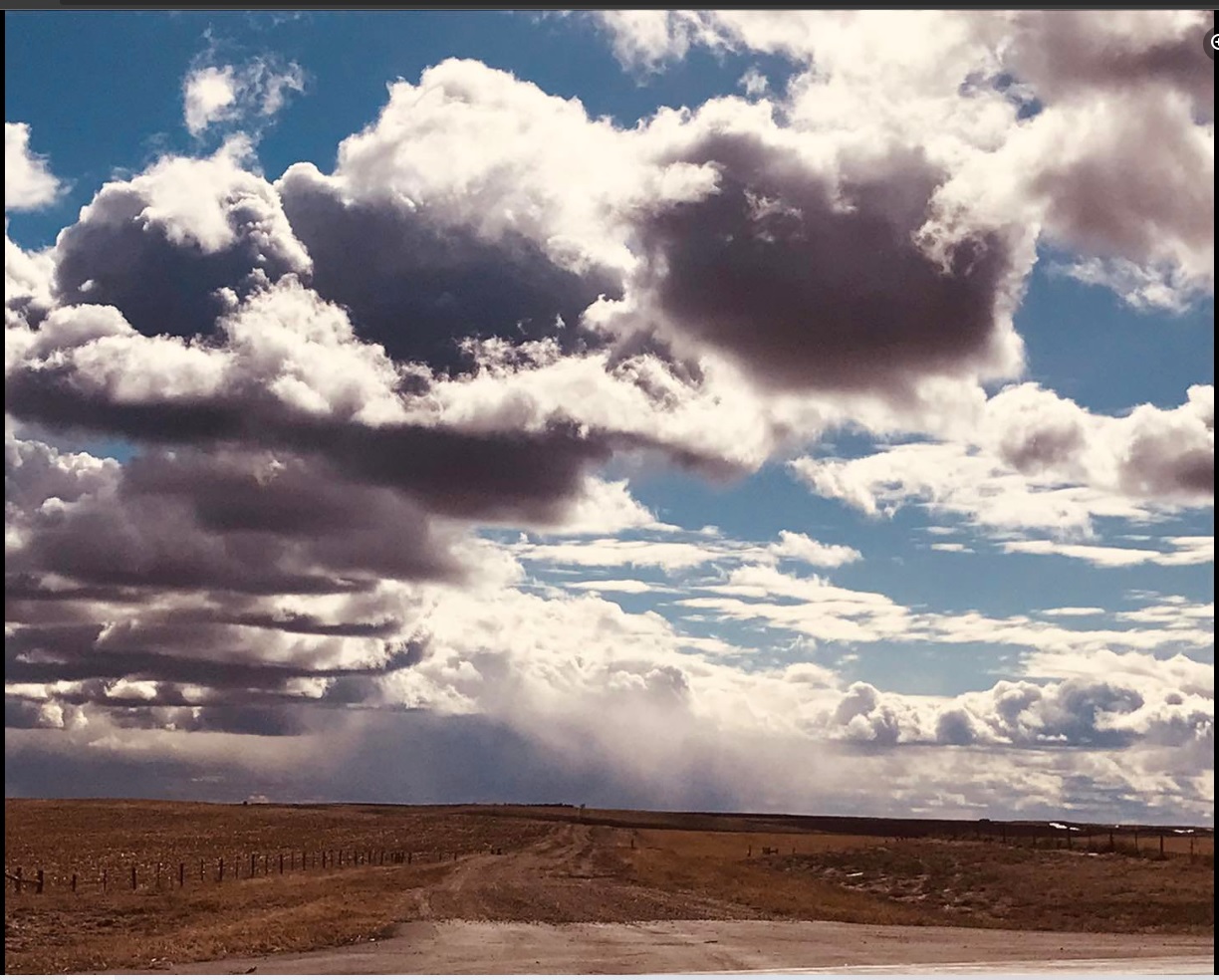 On November 18, 2014 an eight year old girl by the name of Jayla Rodriguez was killed on Pine Ridge by a group of “large aggressive” (reactive) dogs. The event was widely covered by the media in South Dakota and surrounding States. But there were conflicting accounts. No one was actually certain what happened and the offending dogs were never found.
On November 18, 2014 an eight year old girl by the name of Jayla Rodriguez was killed on Pine Ridge by a group of “large aggressive” (reactive) dogs. The event was widely covered by the media in South Dakota and surrounding States. But there were conflicting accounts. No one was actually certain what happened and the offending dogs were never found.
In March of 2015 (just 4 months after Jayla was killed) a woman by the name of Julia Charging Whirlwind was viciously attacked by some dogs near her home on Rosebud and later died at Rosebud hospital.
Understandably people of the community wanted something done about dangerous dogs roaming the thousands of miles that made up the reservations. People were also concerned that their own pets, who roamed freely near their homes, might get caught up in any animal control actions. In the middle of all this reservation officials were sincerely trying to protect the population. There were contractors involved in rounding up and euthanizing dogs, but there was also a call to area animal rescues.
The effort of “rounding up” the homeless dogs on the reservations quickly got out to the media and in no time got the nickname, “the sweeps” or the “annual sweeps”. And the internet was alive with conversations about the effort and people asking, “Why are they rounding up dogs on Pine Ridge?”
Whatever you want to make of it, remember this was not a city neighborhood with street lights and animal control vehicles driving around. This was more than 3,460 square miles of sparsely populated grasslands just on Pine Ridge with little or no money for infrastructure. And no one actually knew, or could know, how many homeless starving dogs were out there. Or even what situations could or did make them dangerous.
IV: There will be LightShine
The people of the reservations are good kind hearted people. But no matter how much you want to help or what big idea you have you don’t just walk onto an Indian reservation and set up shop. That is their land and they are justified, from decades of experience, in being suspicious of some people’s intentions and motives.
Perhaps what KC Willis had going for her in 2014 is that, either with Jean Parker or on her own, she had been rescuing dogs in the area before the name LightShine Canine was even thought of. But if she didn’t have a real solution to the problem on the reservation it wasn’t going to matter.
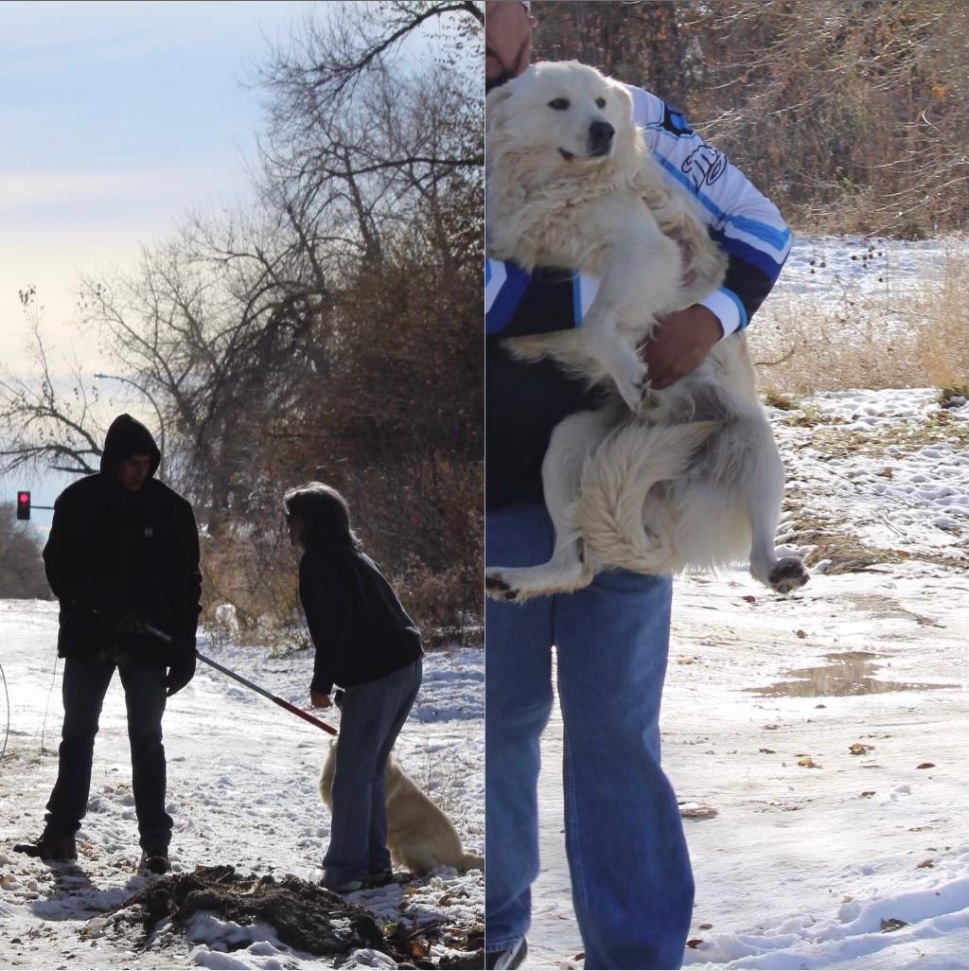 During “the sweeps” on Pine Ridge KC and Jean Parker followed the police and the contractors asking them to give KC and Jean some of the dogs who were obviously not a threat. In a December 10, 2021 Facebook post KC recalls,” It was a two day thing. It could’ve been a lot more. We were there. Sometimes driving ahead of the contractor and crew hired to gather up the dogs… At some stops police officers were there to tell us we needed to get back and let them do their job. At one point there was …an urgent discussion about the dog at the end of a catchpole. An agreement reached in the middle of a snow packed and icy street. A dog released. A dog carried to a rescue vehicle”.
During “the sweeps” on Pine Ridge KC and Jean Parker followed the police and the contractors asking them to give KC and Jean some of the dogs who were obviously not a threat. In a December 10, 2021 Facebook post KC recalls,” It was a two day thing. It could’ve been a lot more. We were there. Sometimes driving ahead of the contractor and crew hired to gather up the dogs… At some stops police officers were there to tell us we needed to get back and let them do their job. At one point there was …an urgent discussion about the dog at the end of a catchpole. An agreement reached in the middle of a snow packed and icy street. A dog released. A dog carried to a rescue vehicle”.
In an effort to help resolve the situation and save some of the dogs KC Willis went before the reservation Law and Order Committee and the Tribal Council. She sat before Tatewin Means, the Deputy States Attorney for Oglala Lakota County, who she found to have a great love for animals. Tatewin Means assisted KC by helping her to take part in some of the meetings about the situation. And it was during this period that KC asked the Law and Order Committee members and the Tribal Council to hold off. “Just give us 6 months and see what we can do”.
One day, during such a time, after Julia Charging Whirlwind was killed on Rosebud, KC received a message. It simply read, “I have a pickup truck. I can help”. The name attached was “MD Little Thunder”.
KC imagined what the man would look like when the pickup truck arrived on the scene. But it wasn’t a man at all. It was a Lakota woman with a small build and a huge capacity for friendship, hard work and compassion. Her name is Marian D. Little Thunder.
The Little Thunder family
Helping animals was not new.
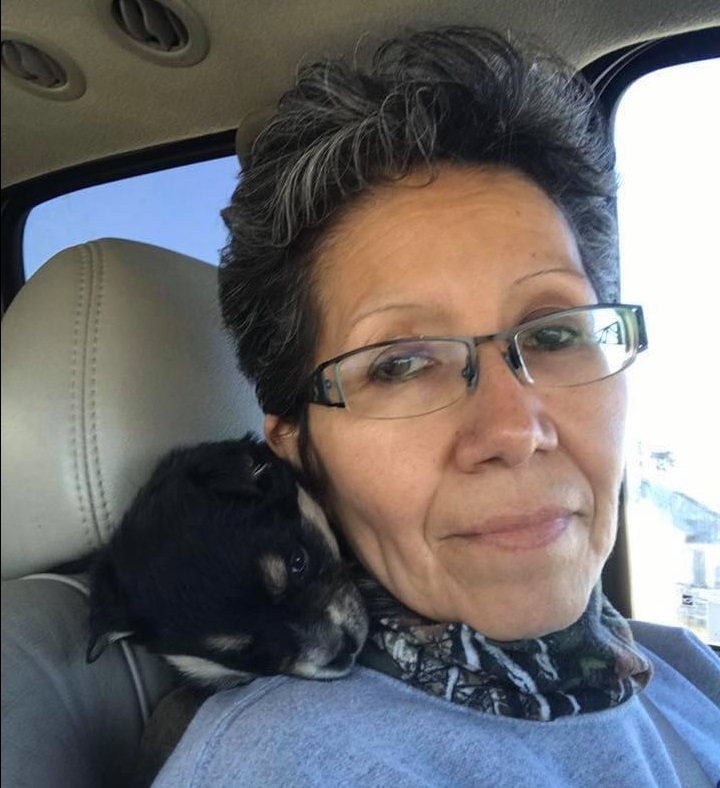 Lakota people like Marian Little Thunder don’t do what they do for publicity. She has no email address and her life is full of things that need done. But I believe the Little Thunder family and Marian at least deserve more than a mention here so I looked into it.
Lakota people like Marian Little Thunder don’t do what they do for publicity. She has no email address and her life is full of things that need done. But I believe the Little Thunder family and Marian at least deserve more than a mention here so I looked into it.
According to my research, Marian is a member of the family related to Rosalie Jean Little Thunder. According to the First Nations website “Rosalie Little Thunder (Kicikute Cokanun Win), a Lakota activist who worked to stop the slaughter of bison in Yellowstone National Park, died in 2014. She was a former member of the Board of First Nations Development Institute. At the time of her passing, Rosalie was an adjunct professor at Black Hills State University American Indian Studies Department, where she taught the Lakota Language for many years.”
According to an article posted on the Winged Messenger Nations website Rosalie had also been in films and on television. “Little Thunder is also a published author. She has written ‘Sacred Buffalo,’ an article in Rethinking Columbus, The Next 500 Years (1991) and her work is also included in Wilma Mankiller’s Every Day is a Good Day: Reflections by Contemporary Indigenous Women (2004).”
When Marian Little Thunder sent that email to KC Willis, “I have a pickup truck. I can help”, Marian was not new to rescuing dogs. She had been rescuing dogs on the Rosebud reservation for years. Marian had a nature KC Willis admired and Marian liked where the idea of LightShine Canine was going. The two of them easily became close friends and coworkers developing what KC described to me as a “kindred spirit”.
KC Willis mentioned to me that she told Marian one day, “I couldn’t do what you do.” Marian responded, “I wouldn’t want to do what you do.”
V: No pressure
“Boots on the ground. Paws off the ground”.
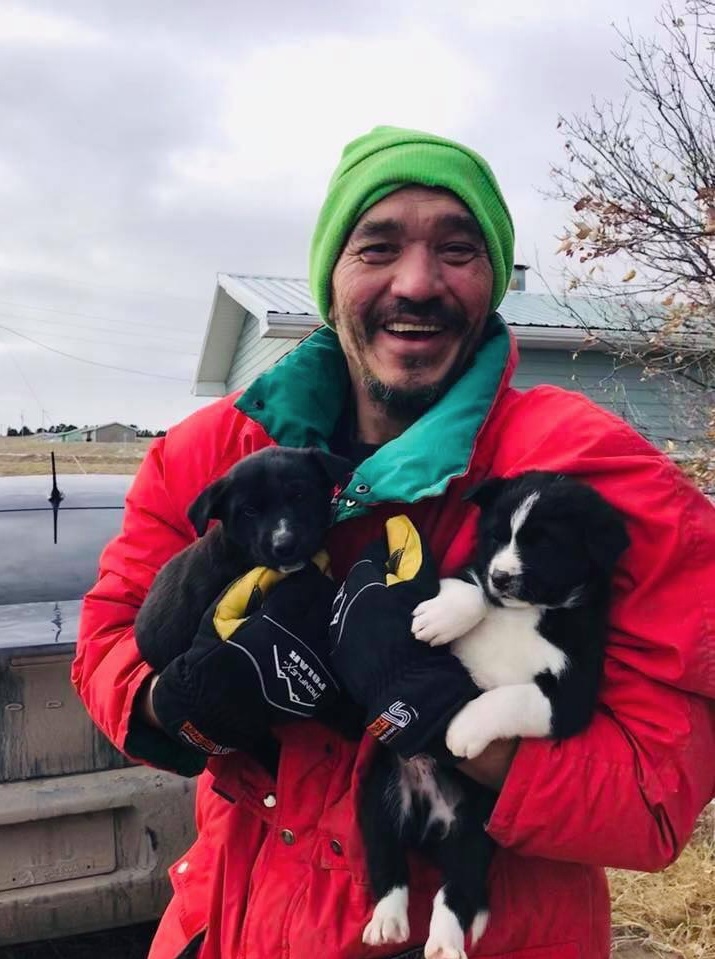 From the day KC Willis met Marian Little Thunder the enormity of the rescue effort never ceased to overwhelm at times. It wasn’t just about collecting dogs and cats, it necessarily had to be about getting to know people on the reservations (Pine Ridge and Rosebud) and building a trust. At the same time it had to be about building relationships with veterinarians and other rescue groups that could help treat and move the animals into a permanent home. Then it had to be about raising money for gas, pet food, carriers, kennels and veterinarian services. Not to mention putting together a team.
From the day KC Willis met Marian Little Thunder the enormity of the rescue effort never ceased to overwhelm at times. It wasn’t just about collecting dogs and cats, it necessarily had to be about getting to know people on the reservations (Pine Ridge and Rosebud) and building a trust. At the same time it had to be about building relationships with veterinarians and other rescue groups that could help treat and move the animals into a permanent home. Then it had to be about raising money for gas, pet food, carriers, kennels and veterinarian services. Not to mention putting together a team.
KC Willis explained to me that she is focused on and a contact point for Pine Ridge activities and that Marian is focused on and a contact point for Rosebud activities. But there really isn’t any difference between them. They are both, and their team, LightShine Canine. “And”, KC emphasized, “together, together we both transport. Together we interact every day, together like, I did transport yesterday to Minnesota. Saturday she’ll (Marian) do transport. So I’ll gather up dogs and get them to her. Yesterday everyone gathered up dogs and got them to me.
We are sort of like a first responder style rescue… We are a first responder style, disaster relief style rescue. We are picking them (the animals) up in situation… When somebody reports a dog with a trap stuck on its foot and it’s trying to chew it off we’re tracking down that dog… We’re not pulling up to a building and picking up surrendered animals.
We’re out there on all those miles picking up dogs ‘in situ’ (in situation) and getting them to one of 5 different veterinarians and then trying to determine who lives and who cannot be saved”..
“Boots on the ground. Paws off the ground” is something said one day and it stuck. It became sort of a de-facto motto. Toward this end KC Willis, Marian and their team live it every day. And many nights.
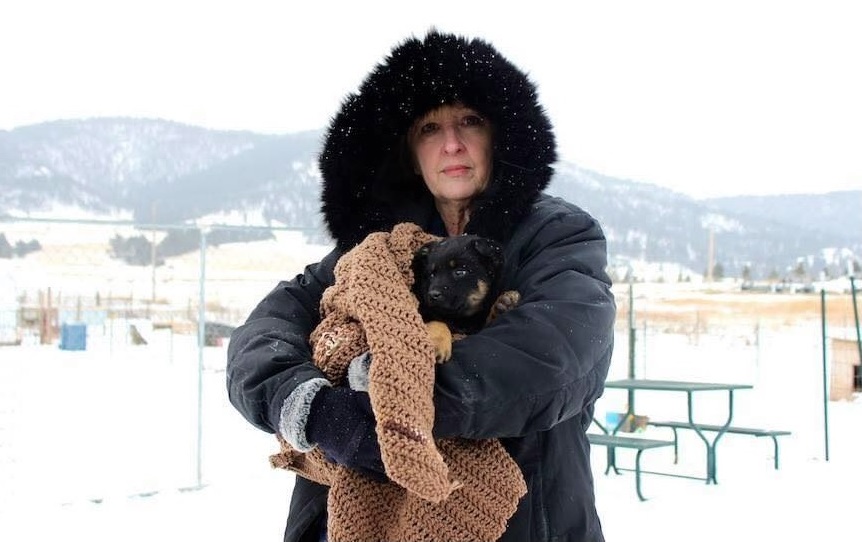 Starting my work on this story in November of 2021 I was asked, after a first interview, to wait until after January 15, 2022 because it was winter. There were dogs they had to find before they froze to death and it was also an important time for fund raising. I said I understood and waited, but I really don’t think I completely appreciated how much these people were doing to save these animals.
Starting my work on this story in November of 2021 I was asked, after a first interview, to wait until after January 15, 2022 because it was winter. There were dogs they had to find before they froze to death and it was also an important time for fund raising. I said I understood and waited, but I really don’t think I completely appreciated how much these people were doing to save these animals.
KC Willis spends about 10 days on Pine Ridge in South Dakota, staying somewhere in a trailer, and about 10 days at home with her husband near Denver Colorado. But whether she is at home or on site she is in constant touch, every day, with Marian and the team members and taking some of the calls when people need a response for an animal in distress. All while continuing her efforts to raise money.
To get another phone interview with KC I had to catch her at a hotel on her way back from Minnesota. A journey that is also frequently traveled by Marian and other team members as they transport dogs to rescue partners there. All totaled KC told me she averaged somewhere between 7,000 and 9,000 miles a month. And about the same for Marian and the other team members, averaging somewhere around 100,000 miles a year for the LightShine Canine team.
VI: The logistics are just crazy.
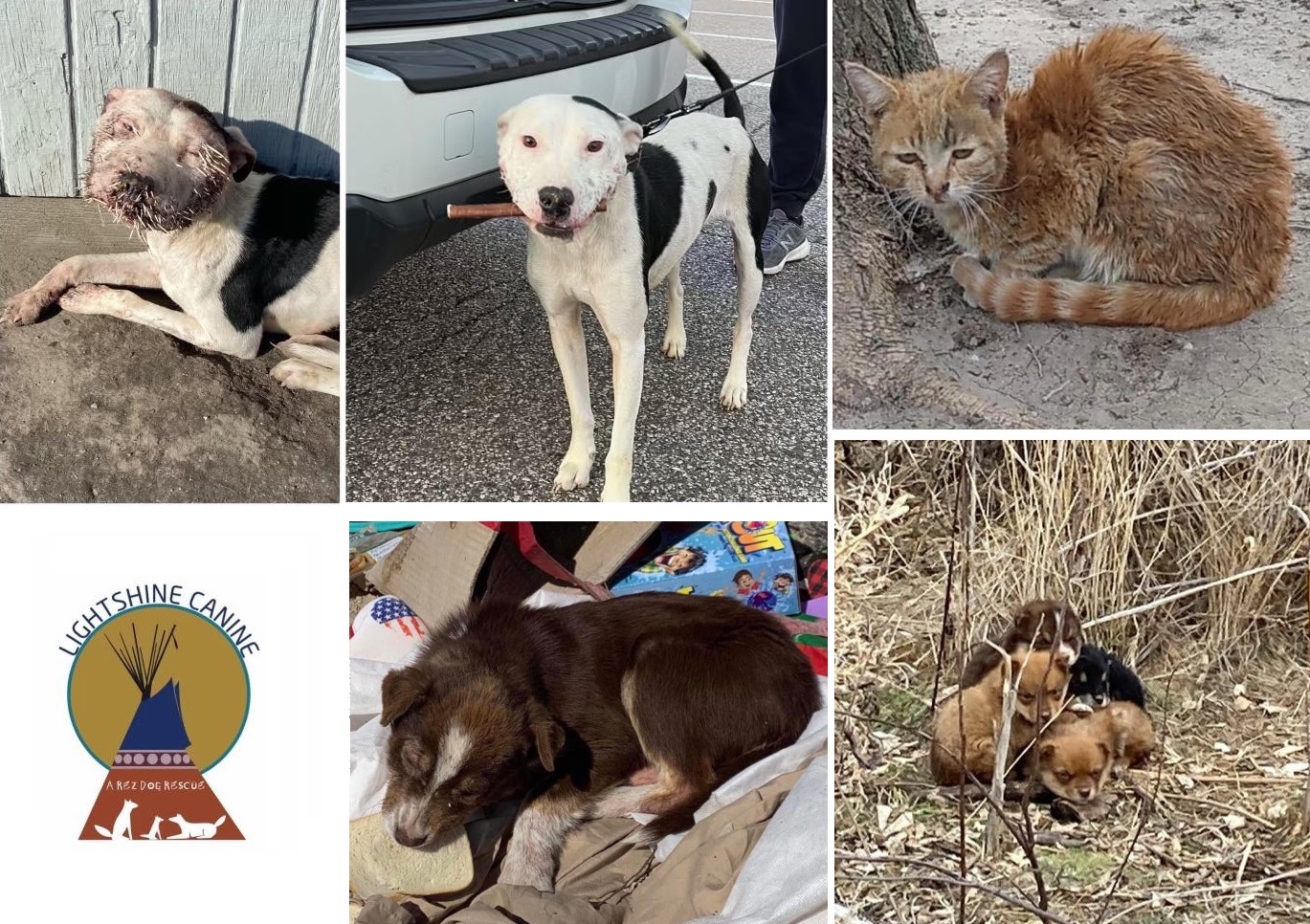 In my first interview, KC Willis told me that LightShine Canine rescued between 2500 and 3,000 cats and dogs a year off of those 5,439 square miles of Pine Ridge and Rosebud. When I asked, “LightShine specifically rescues that much?” KC answered, “25 (2500) to 3,000 puppies and dogs and cats a year off of Pine Ridge and Rosebud. Because we average 10 a day, so, look at that number right there”. In subsequent conversations KC qualified this by pointing out to me that LightShine Canine members don’t put in a normal work week. “We’re out there 6-7 days a week (days and nights) which is why that number is so high.”
In my first interview, KC Willis told me that LightShine Canine rescued between 2500 and 3,000 cats and dogs a year off of those 5,439 square miles of Pine Ridge and Rosebud. When I asked, “LightShine specifically rescues that much?” KC answered, “25 (2500) to 3,000 puppies and dogs and cats a year off of Pine Ridge and Rosebud. Because we average 10 a day, so, look at that number right there”. In subsequent conversations KC qualified this by pointing out to me that LightShine Canine members don’t put in a normal work week. “We’re out there 6-7 days a week (days and nights) which is why that number is so high.”
On a 2022 Facebook post I saw as I followed this story, there was one single day that LightShine Canine rescued 21 dogs.
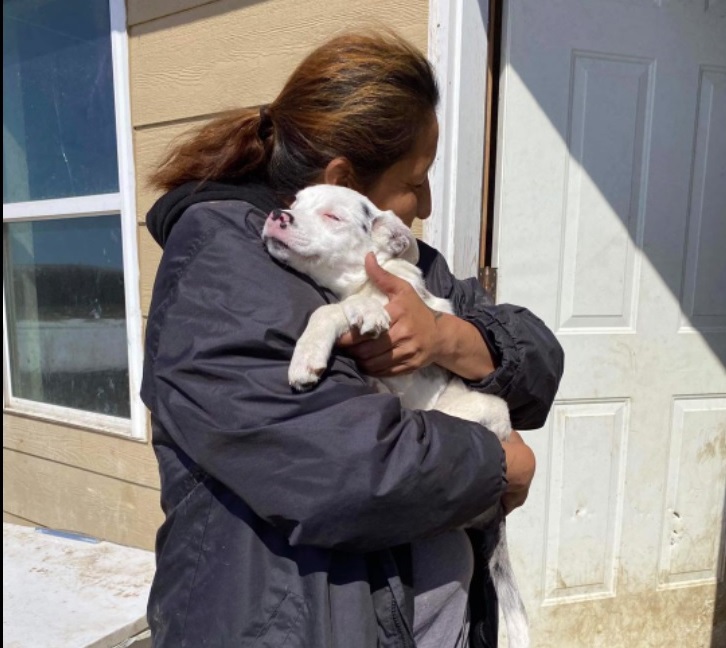 “90% of these dogs are rescued by community member’s involvement”, KC explained. “There are a lot of animal lovers… Like right now Marian has multiple dogs and puppies at her house. She’s got kennels outside, she’s got a heated out building where she can keep puppies… Some of them bottle fed… And almost all of our rescuers have animals at their homes. When I’m at the (trailer) I usually have somebody. But we’re not just rescuing and disbursing to vets and then going home and cooking dinner. We’re rescuing, coming in, and then (for example) before Marian can go to bed, she and her sister are taking care of 33 puppies and dogs and getting them squared away. And giving me the notification, uh, hey this dog is not eating, you know, kind of thing”. And the other team members likewise.
“90% of these dogs are rescued by community member’s involvement”, KC explained. “There are a lot of animal lovers… Like right now Marian has multiple dogs and puppies at her house. She’s got kennels outside, she’s got a heated out building where she can keep puppies… Some of them bottle fed… And almost all of our rescuers have animals at their homes. When I’m at the (trailer) I usually have somebody. But we’re not just rescuing and disbursing to vets and then going home and cooking dinner. We’re rescuing, coming in, and then (for example) before Marian can go to bed, she and her sister are taking care of 33 puppies and dogs and getting them squared away. And giving me the notification, uh, hey this dog is not eating, you know, kind of thing”. And the other team members likewise.
“We’ve got people on our team that rescue. Like main people who are the ones out there every day live tracking the dogs, getting the dogs that are in trouble, answering the calls… So there’s two people on Pine Ridge, two people on Rosebud and then we’ve got a group of people who live in reservation border towns who help us reshuffle between our veterinarians which sometimes can be a hundred miles between them. So we get a car hit dog that we need to get some place… they’ll take it or right before transport, we’ve got dogs scattered between 5 vets. They’ll gather them all up and get them in one area so that the transporter can pick them up and head out a little easier.
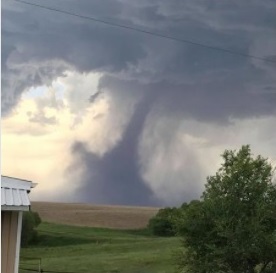 So the logistics are kind of, you know… we pass each other coming and going on the road… You know, the logistics are just crazy because the area is just so huge… And when one vet is full and you get a car hit dog you might have to go 130 miles to Valentine Nebraska”.
So the logistics are kind of, you know… we pass each other coming and going on the road… You know, the logistics are just crazy because the area is just so huge… And when one vet is full and you get a car hit dog you might have to go 130 miles to Valentine Nebraska”.
Apparently all this effort paid off. When the reservations were shut down due to COVID all the members of LightShine Canine were given a placard identifying them as an “essential service”. This meant they could still come on the reservation and do their work. Today, community members continue to report and/or contain dogs in situation. And reservation police may call and say, for example, “I’ve got a puppy in my car, can you meet me and pick it up?”
VII: Justice verses Mercy
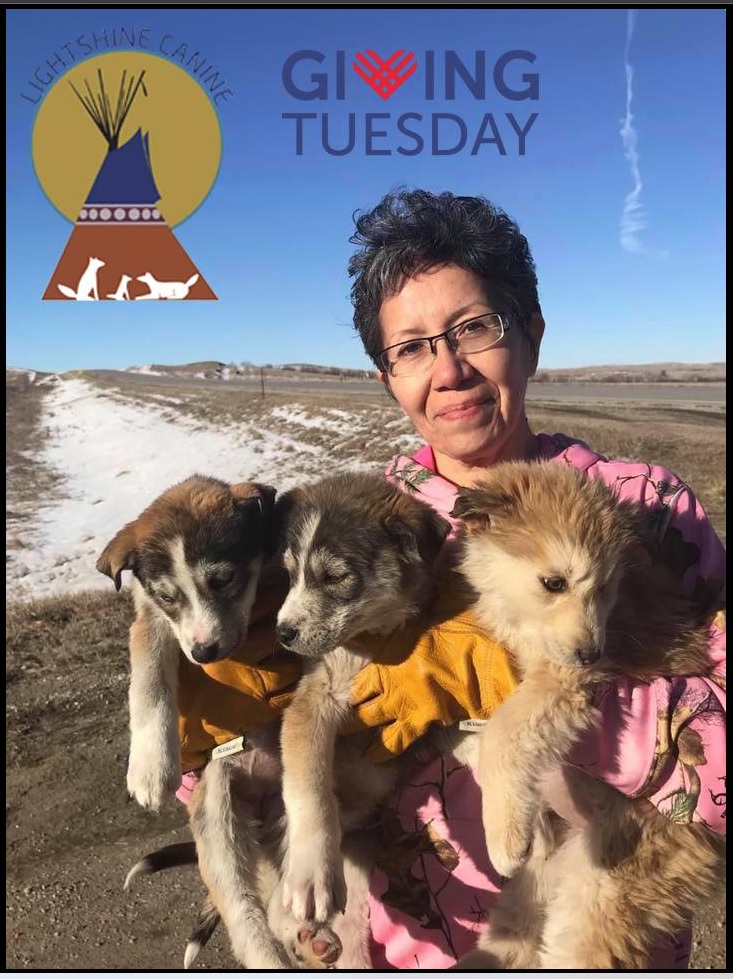 Feeling a bit apologetic about not being able to do more I eventually said, “I did give you some gas money though.” KC responded, “Hey Steve. One tank of gas accomplishes a lot. On Tammy’s one tank of gas today she made a difference in some dogs’ lives. And so that’s really, really important”.
Feeling a bit apologetic about not being able to do more I eventually said, “I did give you some gas money though.” KC responded, “Hey Steve. One tank of gas accomplishes a lot. On Tammy’s one tank of gas today she made a difference in some dogs’ lives. And so that’s really, really important”.
When you think about the people of LightShine Canine you have to wonder how they cope emotionally with the sheer volume of animals they find with ungodly medical conditions. I think it’s the act of saving those animals that keeps them going. Having long ago spoken to some ambulance drivers I really believe it has to be a similar state of mind. Work the problem and move onto the next. It doesn’t mean you’re not affected, it means you stay focused. The plains can be very dark, very cold and very dangerous at times. Some nights it’s just not safe to stay out any longer. But when they can the team of Lakota people, day or night, summer or winter, will track down that animal in need.
KC said, “Justice would see to it that things change for these dogs, but justice may not ever happen. But mercy can happen every day”.
You can donate to or follow LightShine Canine by selecting the link here or on my listings page for South Dakota. Just scroll down to “Pine Ridge”. And please. Donate what you can.